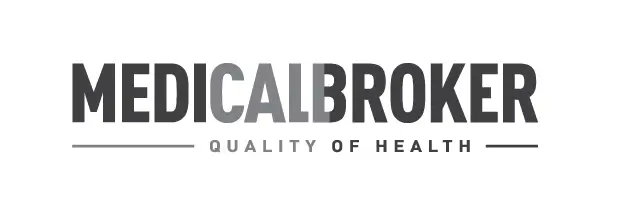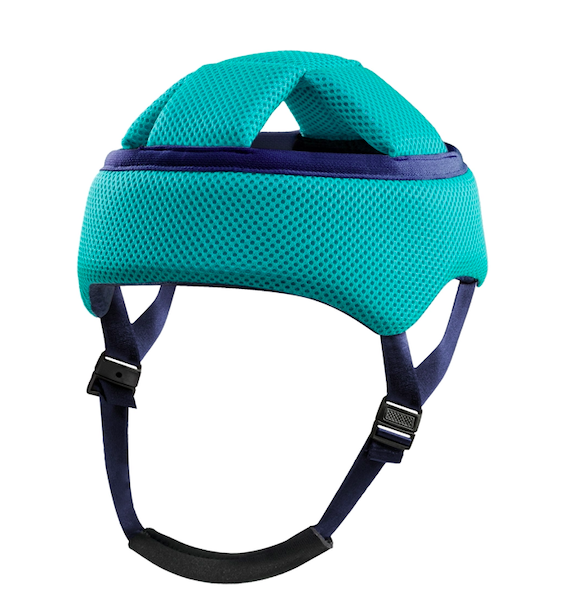Cerebral Palsy - Types, Symptoms & Treatment
Patients suffering from infantile cerebral palsy can experience impaired movement, posture and muscle tone, caused by a brain injury during its maturation period.
Cerebral Palsy Types
It can acquire different clinical manifestations: in some cases, it can be spastic (tetraplegia/paresis, diplegia/paresis, hemiplegia/paresis or monoparesis) and, in others, it can be dyskinetic, ataxic, hypotonic or mixed. The many disorders that this type of patient experiences include neuromotor disorders with altered muscle tone, imbalance and persistent reflex postures, which can affect the hip joint, causing deformity in the spine and hip.
Cerebral Palsy Symptoms
As well as the specific symptoms of ICP patients, the hip suffers deformity in adduction, flexion and internal rotation. This is due to the hypertonicity of these muscle groups and the hypotonia of their antagonists. Due to the presence of coxa valga, subluxation or dislocation of the hip joint can occur.
Cerebral Palsy Treatment
Rehabilitation takes a primary role in the treatment of ICP patients and can involve physiotherapy, occupational therapy, logotherapy, etc., complemented by technical aids and specially-designed orthoses. The purpose of these orthoses is to prevent deviations and deformities, correcting them to the greatest extent possible and providing the hip joint with the necessary stability to facilitate its functioning. SWASH Baby Brace, which are designed to keep the hips stable and in slight abduction, enable the patient to walk and sit down during the day and prevent adduction during the night.

